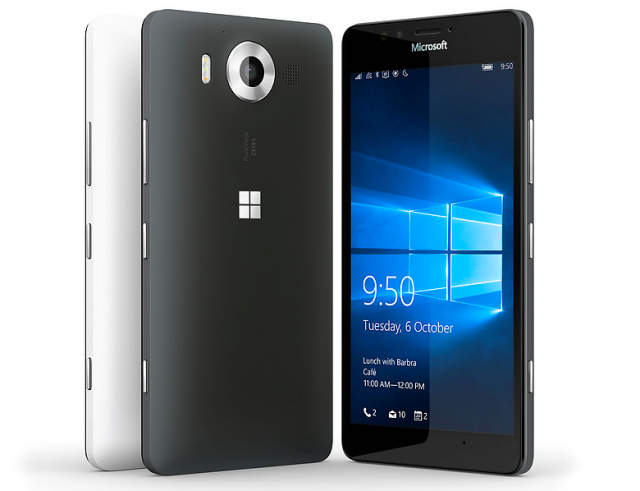A close look at the Windows Phone landscape in November 2015

Windows 10 Mobile is already running on seven percent of compatible Windows Phone devices, according to a new report from ad network AdDuplex, ahead of the official roll-out. The new smartphone operating system from Microsoft has reached this distribution level thanks to pre-release builds installed by enthusiasts who joined the Windows Insider program.
Windows 10 Mobile is currently the third most popular release of Windows on smartphones, after Windows Phone 8.1 and Windows Phone 8. But there's a long way to the top for the new kid on the block as the current leader, Windows Phone 8.1, powers 78.9 percent of all Windows smartphones.
Windows Phone 8, which launched in late-2012, has a 9.1 percent distribution level, while its predecessors, the Windows Phone 7.x family, hold a five percent share in the Windows phone market. With the exception of Windows 10 Mobile, all other iterations of the smartphone operating system lost some share going in to November, coming from the previous month.
Windows 10 Mobile can currently be found on two new smartphones, Lumia 950 and Lumia 950 XL. The platform's flagships made their debut earlier this month, and are now shipping in US and different European markets. Given that they've only been around for a very short period of time, they do not yet register in the list of the most popular Windows smartphones.
That group is currently led by Lumia 520, which has a 14.6 percent share. Put differently, 14.6 percent of the smartphones that run Windows Phone are Lumia 520s. In second place is Lumia 535, with 10.8 percent share, followed by Lumia 630, with 9.1 percent share.
Lumia 640, one of the newest Windows-based smartphones on the market, can be found in seventh place with 4.6 percent share, while its bigger brother, Lumia 640 XL, takes tenth place thanks to 2.7 percent share. The only high-end device in the group is Lumia 920, which debuted alongside Windows Phone 8 three years ago.
Taking into account the lack of mid-range and high-end devices in the top 10, it's easy to see why I said that Windows Phone is stuck in the low-end smartphone market. That was a year ago, and it still holds true today. It has proven to be extremely hard for the platform to attract mid-range and high-end shoppers, which will likely continue to be the case in the year that follows.
Things are a bit different in US, where we see more high-end devices in the top 10. Lumia 920 is in sixth place, Lumia 1520 comes in eighth place, Lumia 928 takes ninth place, while HTC's One (M8) for Windows can be found at the end of the leading pack. In US, Windows Phone's market share is at 3.6 percent.
With a market share of 97.02 percent, Microsoft is the strongest Windows Phone vendor right now, which also makes it the vendor with the biggest chances to turn things around for the third most popular smartphone platform. Last quarter, Lumia sales were just 5.8 million units, which lead to another market share loss for the platform as a whole. For the quarter, Windows Phone's market share was 1.7 percent.
There are other vendors who (still) sell Windows smartphones, but, combined, they don't amount to much. HTC is the second-largest, with 1.23 percent share, and Samsung comes in third with 0.62 percent share. Huawei is in fourth place with 0.26 percent while in fifth it is BLU, with 0.22 percent share. Other vendors make up 0.66 percent share. The situation is virtually unchanged on a sequential basis.